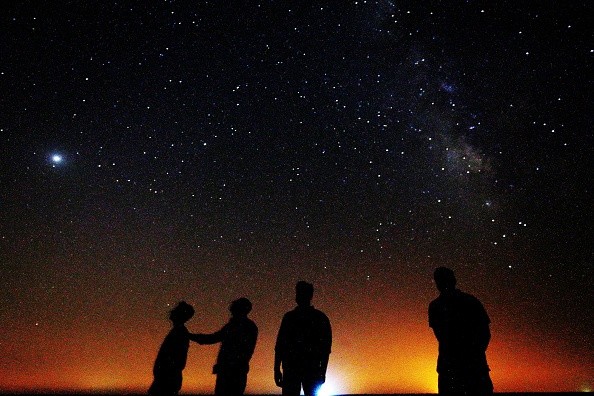Light pollution these days is reportedly drowning the stars that our eyes see at night at a much faster rate, according to a new study that looked in the citizen scientist reports.
It is a matter of fact that light pollution is affecting the number of stars that show up in the skies during the evening. However, a recent study claims that the problem looks worse than initially expected.

Light Pollution is Reducing Visible Stars at Night Much Faster
According to a recent report by The Guardian, a recent study claims that light pollution is rapidly reducing the number of stars visible to our eyes much faster than we previously thought.
The news outlet notes that the new study explains the extent of the problem, saying that light pollution is expected to significantly reduce the stars we see in the next couple of years.
For instance, a study, published in the Journal Science, claims that places wherein we currently see roughly 250 stars might soon be greatly drowned out by light pollution. After 18 years, it might be down to merely 100 visible stars at night.
Science.org reports in its news story that an independent dark sky researcher, John Barentine, corroborates the study findings. It is worth noting that he was not part of the recent study.
Barentine offers that "the problem is worse than we previously believed."
The Guardian adds in its report that the study pointed out the rapid growth of artificial lighting over the years. There are multiple factors to blame: the growth of the population globally, which leads to cities and small towns expansions. Not to mention that technology has also grown.
But despite that, the news outlet notes that the extent of the effect of light pollution is actually hard to tell. It turns out that the satellites responsible for detecting skyglow are having a difficult time recognizing some wavelengths of LEDs, which have mostly taken over nowadays, from street lights to giant billboards.
And as such, a new study found a way to measure the effect of LED shift.
Read Also : Red Cat Subsidiary Teal Drones Enhances Low-Light Navigation Through New Partnership With Immervision
Light Pollution Study
The researchers took the extra mile to analyze around 51,351 citizen scientist observations. It looked into the number of stars visible to the naked eye in their location through the years from 2011 to 2022.
The study showed that the sky brightness in North America increased by roughly 10.4% a year, while in Europe, it jumped by around 6.5%. On average, the annual growth is at around 9.6%.
On top of that, the researchers noted that this rapid loss of visibility of stars could negatively impact human well-being and ecosystems. They highlighted that some animals rely on natural light for their survival.
Related Article : SpaceX Starlink Satellites Contribute to Sky Pollution? Satellite Show Flies Over US This Weekend

ⓒ 2025 TECHTIMES.com All rights reserved. Do not reproduce without permission.




